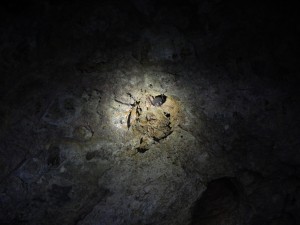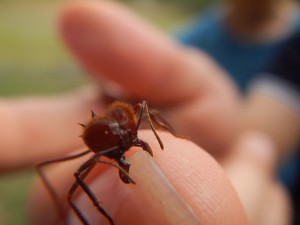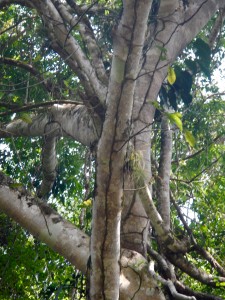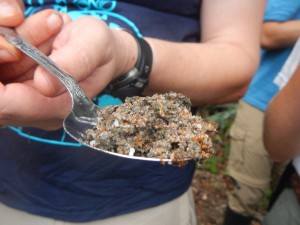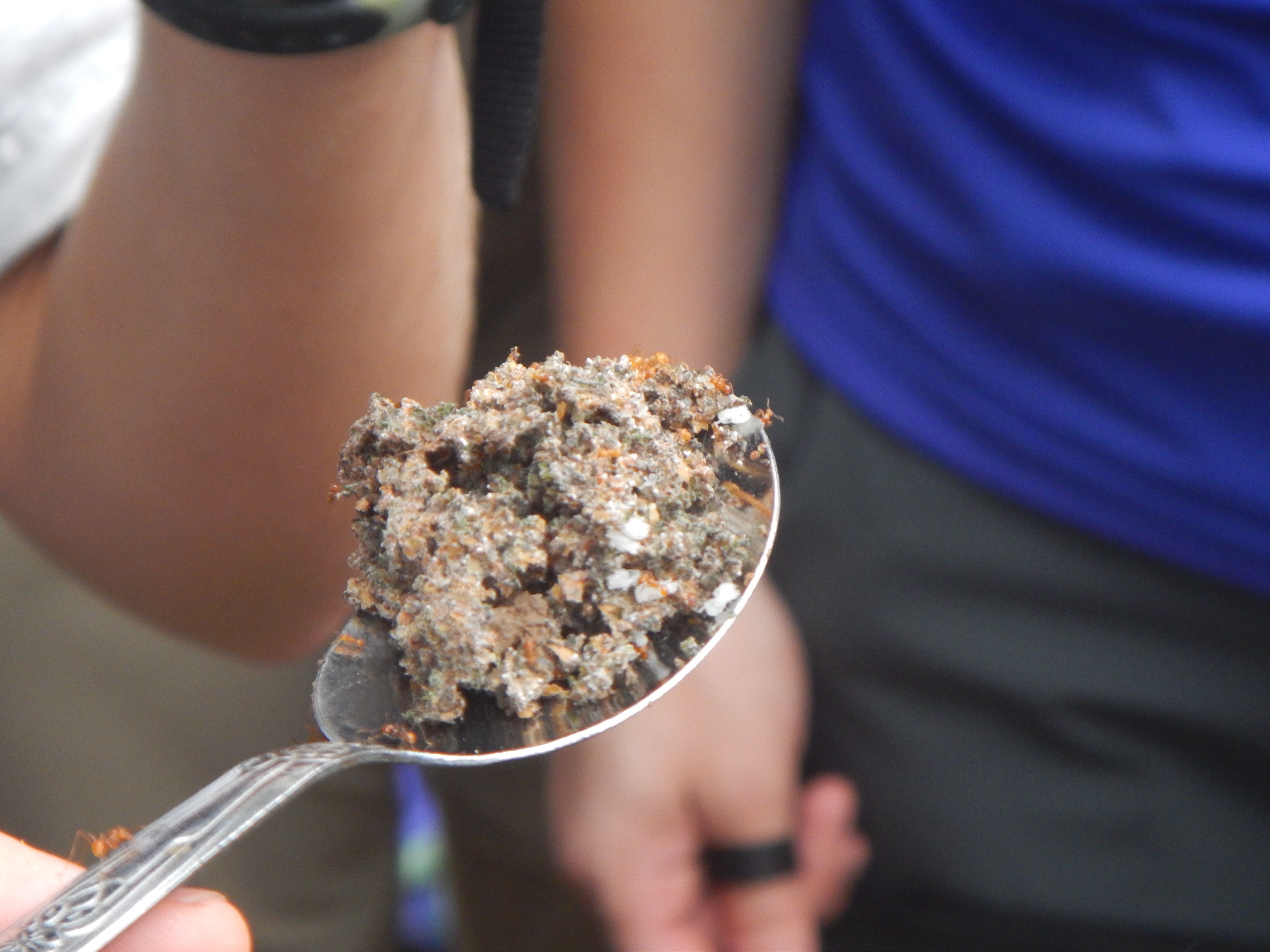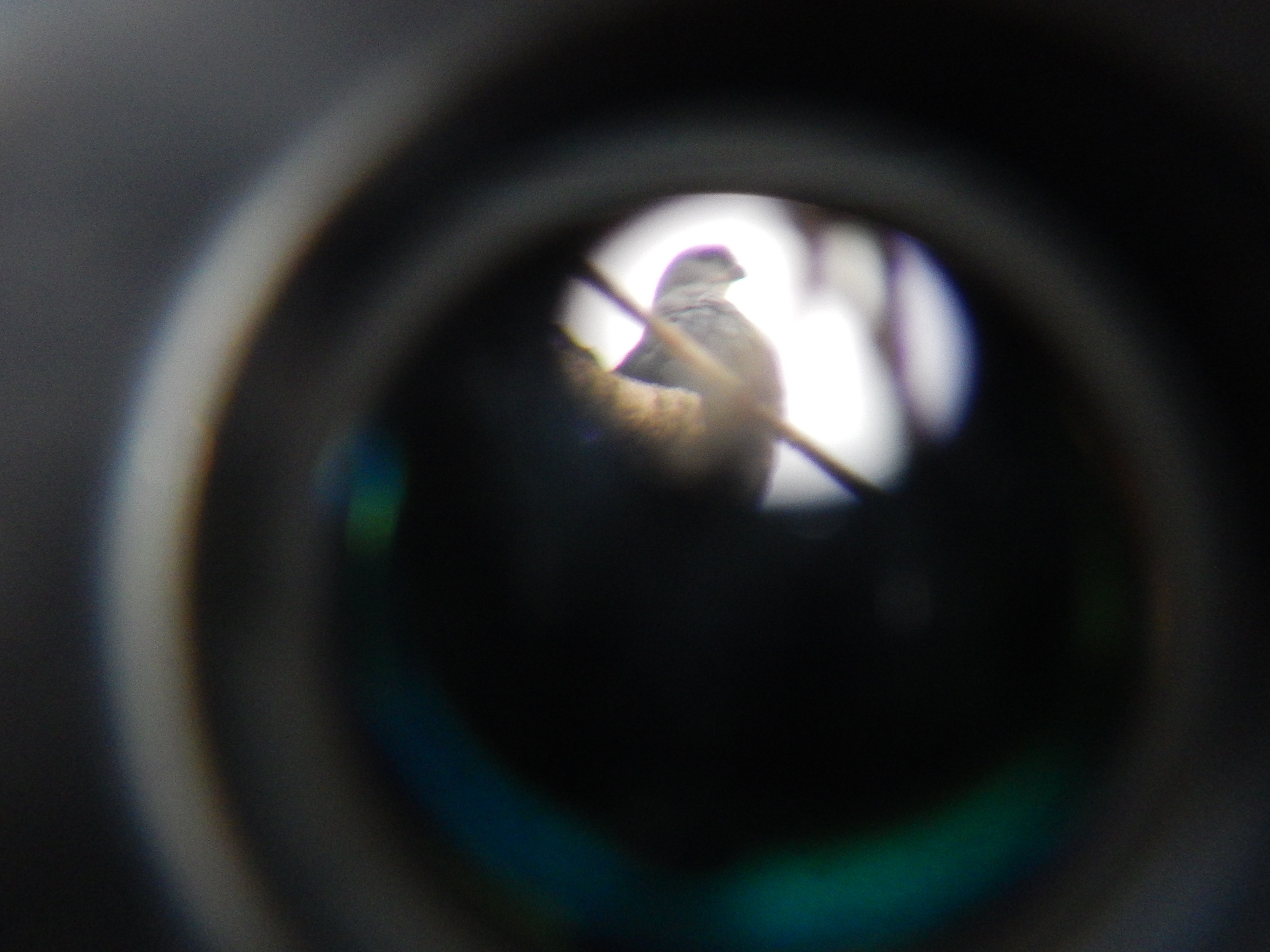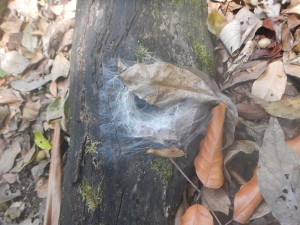Wow are my feet sore from yesterday. These blisters aren’t helping either, but we had an incredibly fun day learning about ant symbioses.
First we tested hypotheses about how the young cecropera (trumpet) trees avoid herbivory before their symbiont azteca ants colonize them. Our hypotheses ranged from chemical defense to mimicry. My group tested mimicry, which is almost certainly not how they avoid herbivory due to their very similar leaf characteristics to the adult plant.
Later in the day we looked at the development of leaf cutter ant colonies, and the fungi they farm. We dug into a 1 year old nest, a 3-5 year old nest, and a 10+ year old nest, and looked at the difference in which castes are present in the nest and how big their tunnel systems are.
The 10+ year nest was huge and there were soldiers coming out of it in swarms trying to bite us. I was incredibly glad for the rubber boots at that moment, although I still got a bite from a soldier on my finger as I was taking an ant off of Scott.
I didn’t see very many arachnids today because we were mostly focusing on looking for ants and ant nests. I will look for some tomorrow at night when we can see their eyeshine.

